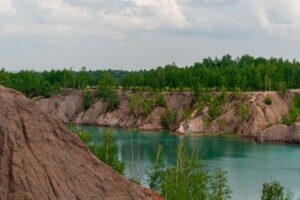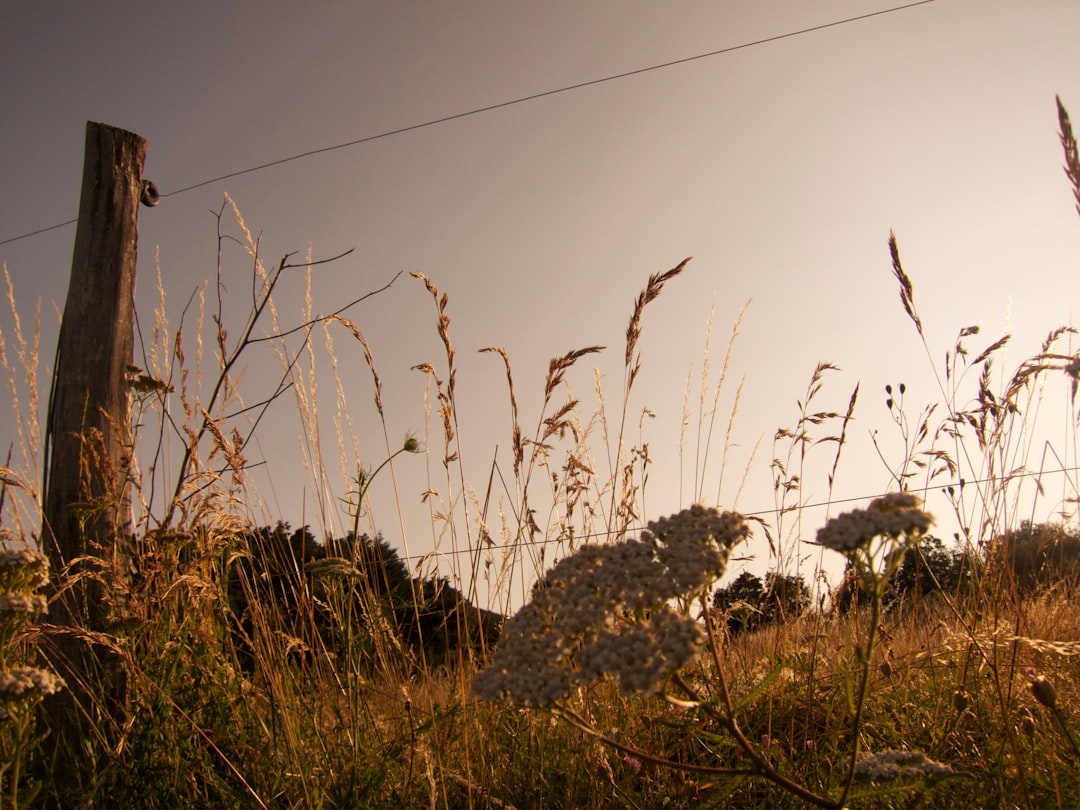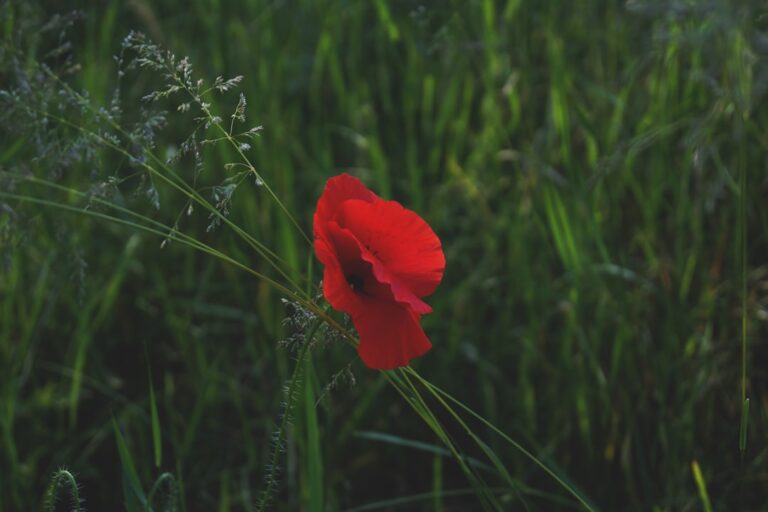Grass burrs, often referred to as sticker burrs or sandburs, belong to the genus Cenchrus and are notorious for their prickly seed heads that can cause discomfort to both humans and animals. These plants thrive in warm climates and are particularly prevalent in the southern United States. The most common species, Cenchrus spinifex and Cenchrus echinatus, produce sharp, spiky seed pods that can easily attach themselves to clothing, skin, and fur.
This characteristic makes them a significant nuisance, especially in recreational areas, gardens, and lawns where people and pets frequent. The presence of grass burrs can lead to a host of problems beyond mere annoyance. Their sharp spines can injure pets, leading to painful encounters that may require veterinary attention.
For humans, walking barefoot in an area infested with grass burrs can result in painful punctures that may become infected if not treated properly.
Their rapid growth and ability to thrive in poor soil conditions make them particularly challenging to manage.
Identifying grass burr infestations requires a keen eye and an understanding of their growth patterns. Typically, grass burrs emerge in late spring or early summer, with their distinctive seed heads becoming prominent as the season progresses. The plants themselves are often low-growing, with slender stems that can reach heights of up to 30 inches.
The leaves are narrow and can be mistaken for other types of grass, but the telltale sign is the presence of the spiky seed heads that develop as the plant matures. To locate grass burrs in your yard or garden, it is essential to conduct a thorough inspection during the growing season. Look for areas where the grass appears sparse or unhealthy, as these are often prime locations for grass burrs to take hold.
The seed heads typically form clusters that can be easily spotted when walking through the area. Additionally, pay attention to any areas that receive direct sunlight and have poor drainage, as these conditions favor the growth of grass burrs. Regular monitoring of your outdoor spaces will help you catch infestations early before they become more widespread.
Preventing grass burr growth begins with proactive measures aimed at creating an environment that is less conducive to their proliferation. One effective strategy is to maintain a healthy lawn through regular mowing, watering, and fertilization. Keeping your grass at an optimal height—typically around three inches—can help shade the soil and inhibit the germination of grass burr seeds.
Additionally, ensuring that your lawn is well-aerated and has good drainage will promote healthy grass growth while discouraging the establishment of invasive species like grass burrs. Another critical aspect of prevention is proper weed management. Regularly inspecting your yard for any signs of grass burrs or other invasive plants allows you to address issues before they escalate.
Hand-pulling young plants can be effective if done before they set seed. Moreover, applying mulch in garden beds can suppress weed growth by blocking sunlight from reaching the soil surface, thereby reducing the chances of grass burr seeds germinating. Implementing these practices consistently will create a more resilient landscape that is less prone to infestations.
For small patches, hand-pulling is often the most straightforward approach. It is crucial to grasp the base of the plant firmly and pull it out by the roots to prevent regrowth.
Wearing gloves is advisable to protect your hands from the sharp spines. This method is particularly effective when dealing with young plants that have not yet produced seeds. For larger infestations, mechanical removal may be necessary.
Lawn dethatchers or specialized weed removal tools can help uproot grass burrs more efficiently than hand-pulling alone. After mechanical removal, it is essential to dispose of the plants properly—do not compost them, as this could allow seeds to spread further. Instead, place them in a sealed bag and dispose of them in the trash.
In cases where infestations are extensive, chemical herbicides may be considered as a last resort; however, it is vital to choose products specifically designed for grassy weeds and follow all application guidelines carefully.
When tackling grass burr infestations, personal safety should be a top priority due to the potential for injury from their sharp spines. Wearing appropriate clothing is essential; long pants and closed-toe shoes provide a barrier against accidental punctures while working in infested areas. Thick gloves are also recommended to protect your hands from cuts and scrapes when pulling out plants or handling tools.
In addition to protective clothing, consider using tools designed for weed removal that minimize direct contact with the plants. For instance, a hoe or weeding fork can help you dig out grass burrs without getting too close to their spiny seed heads. If you do get pricked by a grass burr, it’s important to clean the wound thoroughly with soap and water and apply an antiseptic ointment to prevent infection.
Being mindful of your surroundings and taking precautions will help ensure a safer removal process.
Monitor the Area Regularly
Regular monitoring of the affected area is crucial for detecting any signs of new growth or seedlings that may have been missed during removal. Early detection allows for prompt action before these plants can establish themselves again.
Outcompete with Desirable Grasses
Consider reseeding or overseeding the affected area with desirable grasses or ground covers that can outcompete any remaining grass burr seeds. This not only helps fill in bare spots but also creates a denser lawn that makes it more difficult for invasive species to take hold.
Suppress Regrowth with Mulch
Applying a layer of mulch can also help suppress any potential regrowth by blocking sunlight from reaching the soil surface.
By taking these proactive steps after removal, you can significantly reduce the likelihood of future infestations.
For those seeking non-chemical approaches to manage grass burrs, several environmentally friendly methods can be effective. One such method is solarization, which involves covering infested areas with clear plastic sheeting for several weeks during hot weather. The heat trapped under the plastic raises soil temperatures sufficiently to kill seeds and seedlings without harming beneficial organisms in the soil.
Another alternative solution is using vinegar or boiling water as natural herbicides. Vinegar contains acetic acid, which can effectively kill young grass burr plants when sprayed directly onto their leaves on hot days. Similarly, pouring boiling water over infested areas can scald and kill unwanted plants without leaving harmful residues in the environment.
While these methods may require repeated applications for complete control, they offer safe alternatives for those looking to avoid chemical herbicides.
In some cases, despite best efforts at prevention and removal, grass burr infestations may persist or become overwhelming. When faced with such challenges, it may be time to consider enlisting professional help. Lawn care specialists possess the expertise and tools necessary to assess the extent of an infestation accurately and implement effective strategies tailored to your specific situation.
Professionals can also provide valuable insights into long-term management practices that will help prevent future infestations. They may recommend soil testing or amendments that improve overall lawn health, making it less susceptible to invasive species like grass burrs. If you find yourself struggling with persistent issues despite your best efforts, reaching out for professional assistance can save time and ensure a healthier outdoor space moving forward.
If you are interested in learning more about the role of pressure groups in addressing societal issues, you may want to check out this article on the topic. Pressure groups play a crucial role in advocating for change and raising awareness about important issues within a society. Just like grass burrs can be a nuisance in our environment, societal problems can also be persistent and require active efforts to address them.
FAQs
What are grass burrs?
Grass burrs, also known as sand burrs or sticker burrs, are a type of weed that produces small, prickly seed pods that can easily attach to clothing, fur, or skin.
Where are grass burrs commonly found?
Grass burrs are commonly found in sandy or dry soil, and are often seen in fields, lawns, and along roadsides.
Are grass burrs harmful to humans or animals?
While grass burrs are not toxic, their prickly seed pods can cause irritation and discomfort if they become embedded in skin or fur.
How can grass burrs be controlled or removed?
Grass burrs can be controlled through regular mowing, hand-pulling, or the use of herbicides. It’s important to remove grass burrs before they mature and produce seed pods.
Can grass burrs be prevented from growing in a lawn or garden?
To prevent grass burrs from growing in a lawn or garden, it’s important to maintain healthy, dense turf through proper watering, fertilization, and mowing practices. Additionally, using pre-emergent herbicides can help prevent grass burrs from germinating.
























+ There are no comments
Add yours